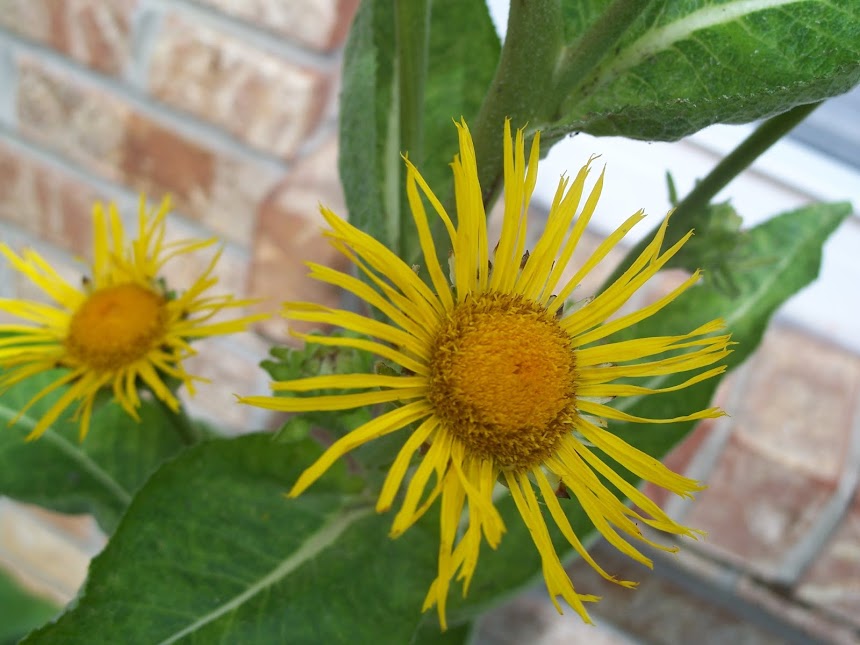Rose hip
- The rose hip, also known as rose haw or rose hep, is the fruit of the rose plant, that typically is red-to-orange, but ranges from dark purple to black in some species. Rose hips begin to form after successful pollination of flowers in spring or early summer, and ripen in late summer through autumn.
I picked the rose hips off our Rosa Rugosa bushes. Truth is your supposed to wait until the first frost. Rumor is that the frost makes them softer and sweeter. Our rose hips were getting soft and some of them were starting to rot on the bush so I made a command decision and we picked them.
Bet you didn't know that picking them is the easy part, did you? After you get them picked, you get to cut them open and take all the seeds out. Did you know that rose hips have a TON of TINY seeds in them? That little fact has been hammered home since it took FOREVER to de-seed them. I was tempted to grumble but couldn't help but think of how high in vitamin C and how good they are in tea and how much I wanted to try out making rose hip seed oil.
What is the big deal you ask? Rose hip seed oil is full of vitamins, antioxidants and essential fatty acids that are known to correct dark spots and hydrate dry, itchy skin, all while reducing scars and fine lines.
I want to make some to try in our Rose Creme among other things. The actual rose hip seed oil on the market comes from wild roses that grow in Chile. I'm telling myself that our rose hip seeds are just as good. If they aren't they have to be close, right? Next time you see me and my skin is glowing you will know why ;-)
BTW, I put the seeds in a jar with grapeseed oil and placed them in the sun to infuse.
Do you have any experiences with harvesting rose hips or making rose hip seed oil? Any tips?
















